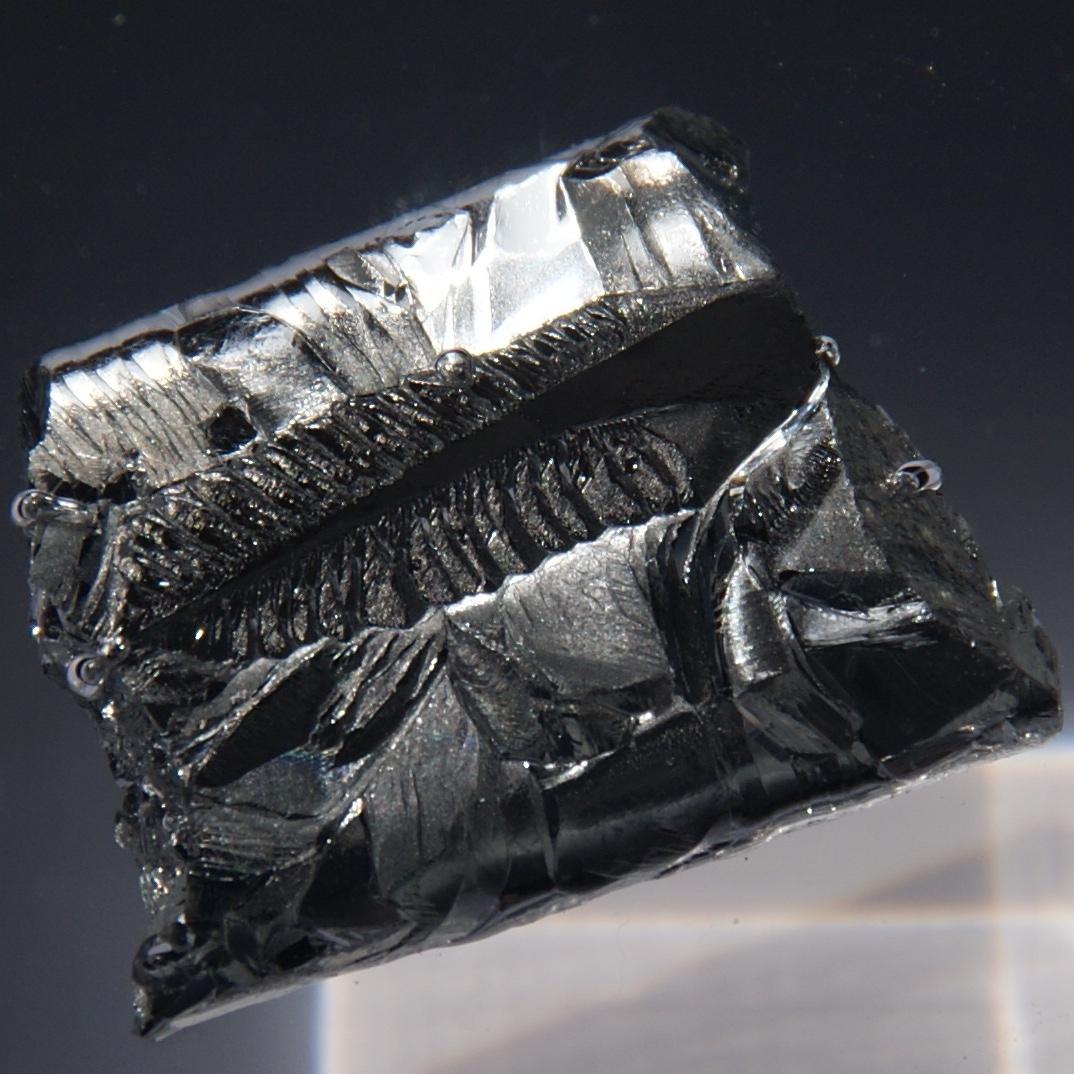
Can be toxic to aquatic organisms.ĭissolved metal behavior in groundwater is controlled by reactions within the aqueous phase and reactions between the contaminant metal and the solid phase (such as clay particles or sand grains in the aquifer). Causes detrimental effects in humans at high doses. More of a toxicological problem than a radiation problem, though long-term exposure can increase risk of cancer.Įnters environment from industrial waste, metal/metalloid plating, plumbing, and is a major component of various industrial sludges.Įssential nutrient. Targets the kidneys and can cause nervous system disorders.Įnters groundwater from uranium mining and ore processing operations, nuclear fuel reprocessing facilities, and potentially from exploded depleted uranium munitions.ĭepresses renal function, can cause kidney damage and failure in extreme cases. Can cause deficits in attention span, hearing, and learning in children.Įnters environment from industrial waste (e.g., chloralkali process), mining, pesticides, coal, electrical equipment e.g., batteries, lamps, switches), smelting, and fossil-fuel combustion.Ĭauses acute and chronic toxicity. Essential trace element but toxic to plants and algae at moderate doses.Įnters environment from industry, mining, plumbing, leaded-gasoline, and recycling of lead-acid batteries.Īffects red blood cell chemistry delays normal physical and mental development in babies and young children. High doses can cause stomach and intestinal distress, liver and kidney damage, anemia.
#Antimony metal nonmetal or metalloid skin#
Chromium (VI) is more toxic, causing liver and kidney damage, internal hemorrhaging, respiratory damage, dermatitis, and ulcers on the skin at high concentrations.Įnters environment from metal/metalloid plating, industrial and domestic waste, mining, and mineral leaching.Īn essential nutrient in low doses. Also may enter environment from old mining operations runoff and leaching into groundwater.Ĭhromium (III) is a nutritionally essential element. Used in metal/metalloid plating and as a cooling water additive. Destroys testicular tissue and red blood cells. Replaces zinc biochemically in the body and causes high blood pressure, liver and kidney damage. May enter the environment from industrial discharge, mining waste, metal/metalloid plating, water pipes, batteries, paints and pigments, plastic stabilizers, and landfill leachate. Potential Health and Other Effects If Concentrations are Above Risk-Based LevelsĮnters environment from natural weathering, industrial production, municipal waste disposal, and manufacturing of flame retardants, ceramics, glass, batteries, fireworks, explosives, and ammunition.ĭecreases longevity, alters blood levels of glucose and cholesterol in laboratory animals exposed at high levels over their lifetime.Įnters environment from natural processes, industrial activities, pesticides, industrial waste, smelting of copper, lead, and zinc.Ĭauses acute and chronic toxicity, liver and kidney damage, decreases hemoglobin, carcinogenic. Potential Natural and Man-Made Sources to Groundwater Several metal/metalloid contaminants of concern in groundwater (revised from )

Regulation and remediation of metal contaminants is further complicated by the fact that metals occur naturally in aquifers, sometimes at levels that are safe for ingestion, but at other times at concentrations that naturally exceed acceptable risk-based concentrations such as Maximum Contaminant Levels (MCLs). The behavior of metal contaminants in groundwater depends on the nature of the source, the chemistry of the metal, and the mineralogy of the aquifer. Department of Energy, and private sites are quite variable (e.g., Table 1). Common metal contaminants, their primary sources, and their potential health effects, especially those that occur at U.S. Groundwater contaminated with metals and metalloids (collectively referred to as “metals” in this article for simplicity Table 1) can be a major problem because of the broad spectrum of sources, the toxicity of many metals, and the difficulty in remediating metal-contaminated sites.

Scenarios Approach to Attenuation-Based Remedies for Inorganic and Radionuclide Contaminants.Behavior of metal/metalloids in soils.Monitored Natural Attenuation (MNA) of Metal and Metalloids.Metals and Metalloids - Mobility in Groundwater.


 0 kommentar(er)
0 kommentar(er)
